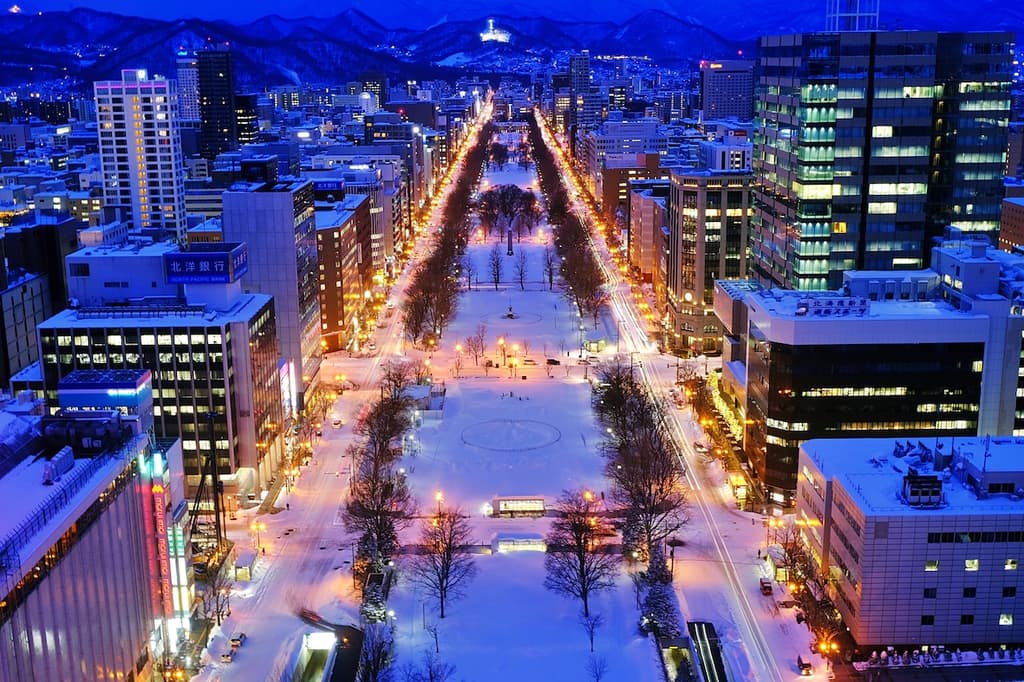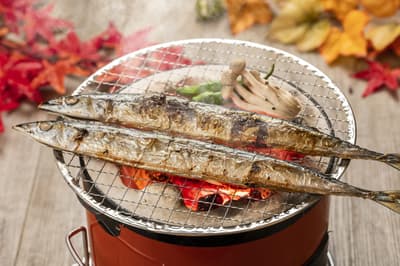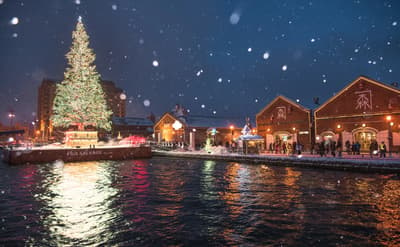If you are going to go sightseeing, you may want to incorporate into your itinerary things that you can only see and experience during that time of the year. In this issue, we will introduce the weather conditions, events, and recommended spots in January in Hokkaido for those who are interested in such things!
Sapporo
About Hokkaido in January
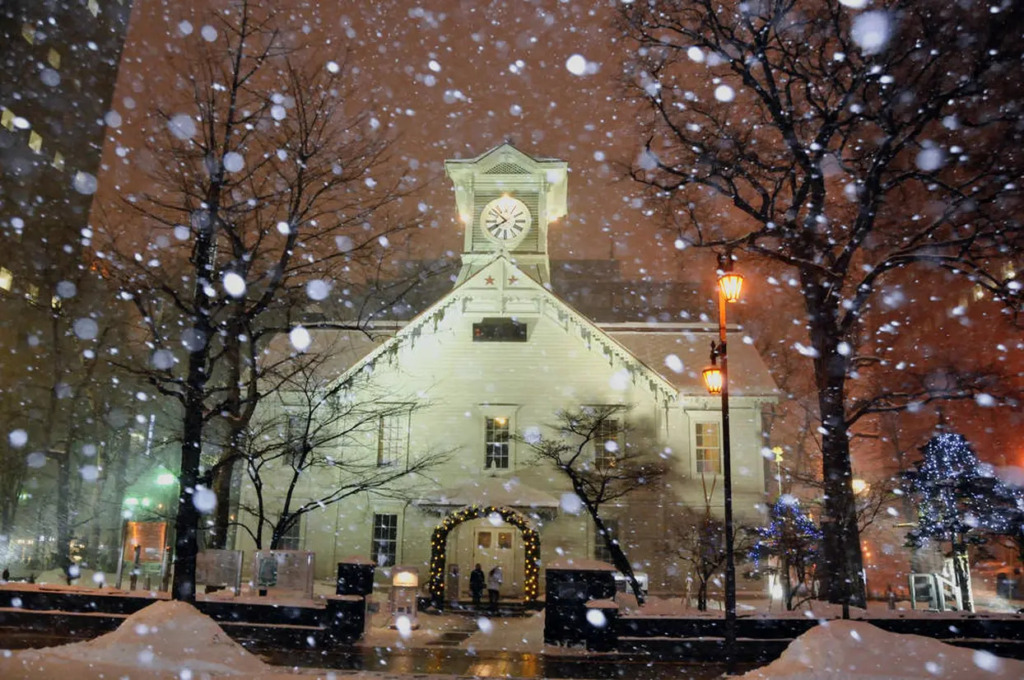
Weather
Hokkaido in January is one of the coldest regions in Japan. Hokkaido is a large island, so it varies from region to region, but it is so severely cold that the temperature rarely rises above 0°C in a single day, and it is below freezing almost every day. It snows every day and the snow cover is deep. Because of the low temperatures, the quality of the snow is dry, so even if it snows, you can make it by wearing a coat hood.
Events
In Hokkaido, various winter events using snow and ice are held in January. Typical events include the Hakodate Winter Festival in Hakodate City, where visitors can enjoy illuminations and winter fireworks, and the Obihiro Ice Festival in Obihiro City, where they can enjoy viewing ice sculptures. Many events are held throughout the region to enjoy the natural beauty of winter, and the area is also crowded with people enjoying winter sports.
Travel
A trip to Hokkaido in January is a great opportunity to enjoy the snowy landscape and winter activities. You can ski or snowboard, get advance information on snow festivals, or take a winter wildlife viewing tour. However, be careful of snow and icy conditions when traveling.
January Fashion
What you need in Hokkaido in January is cold protection to withstand the extreme cold. A heavy coat, down jacket, sweater, cold-resistant boots, scarf, gloves, and hat are essential. Hooded or long-length clothing is even more desirable. It is also advisable to choose non-slip shoes or shoes that can be spiked, taking into account that you will be walking on snow-covered roads. Due to the deep snowfall, long-length snow boots are recommended to prevent snow from getting into the shoes. Waterproof material is recommended for all fashion items. Due to the large temperature difference between indoors and outdoors, layered clothing is recommended to make adjustment easier.
Special Spectacular Spots
In Japan, the first sunrise of the new year has been considered auspicious since ancient times, and worshipping the sunrise on New Year’s Day is meant to wish people a happy new year. Many people in Japan wake up early and head for the view spots to see the first sunrise of the year. In this issue, we introduce three popular view spots in Hokkaido.
Cape Nosappu (納沙布岬)
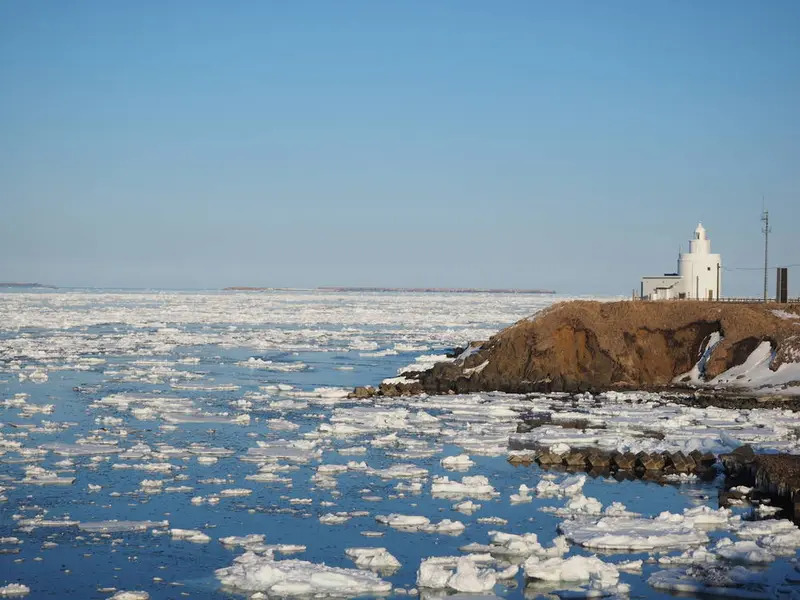
Located at the easternmost tip of the mainland, it is known as the earliest spot in Japan where the sunrise can be seen. Cape Nosappu Lighthouse is the oldest existing lighthouse in Hokkaido, and offers a view of the Shiretoko Peninsula and other islands. It is popular for its dynamic scenery.
Cape Soya (宗谷岬)
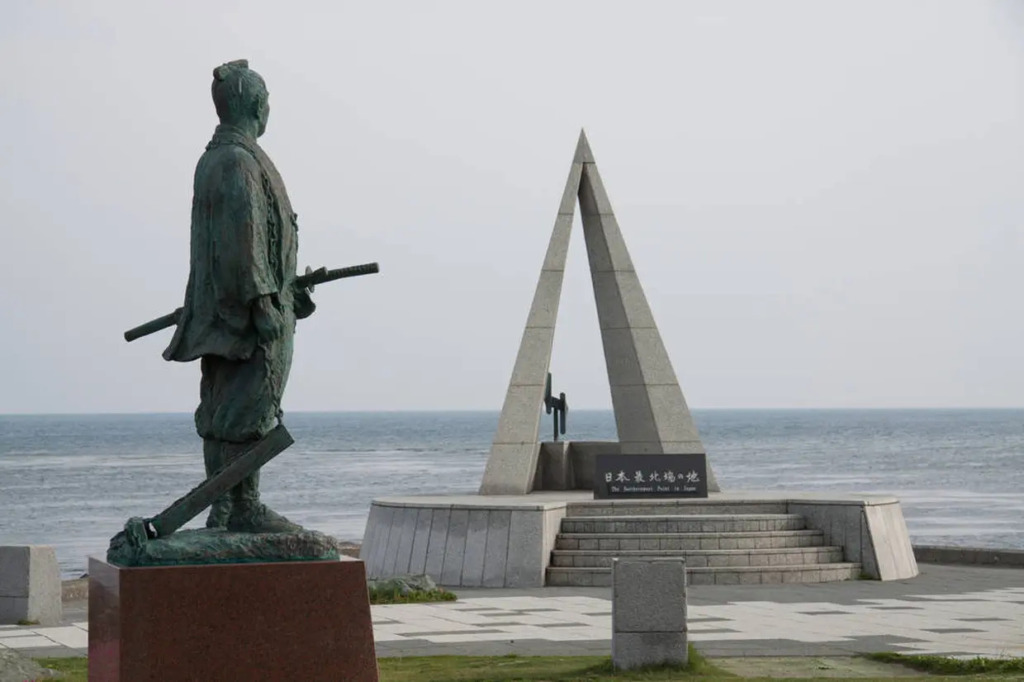
Cape Soya is located in Wakkanai City, the northernmost point of Japan. A commemorative photo at the “Monument of Japan’s Northernmost Point” is a must.
The annual New Year’s Day event “New Year’s Sunrise in Teppen” includes a fireworks display and a zodiac key chain commemorating the northernmost point of Japan given away on a first-come, first-served basis. The wind along the coast is cold and chilly, so be sure to dress warmly.
Mount Moiwa Observation Deck
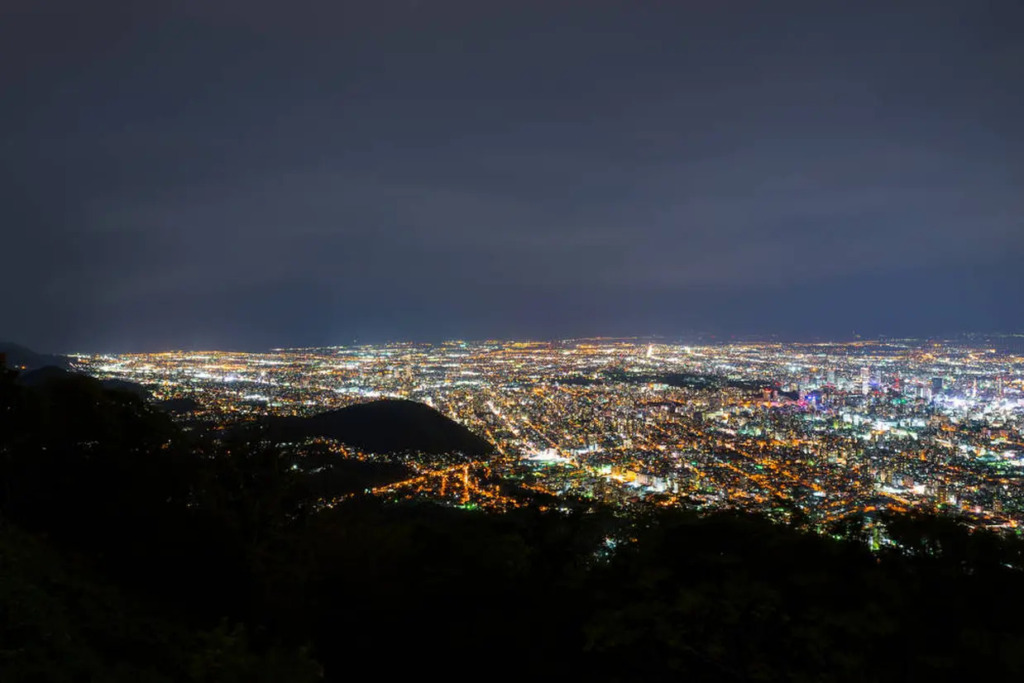
Sapporo Mt. Moiwa Ropeway is a popular viewing spot in Sapporo, where about 1,000 people visit every year 1 January to see the first sunrise of the year. It is also easily accessible, being only a 20-minute train ride from downtown Sapporo. It is recommended to allow plenty of time for viewing the sunrise, as it is expected to be very crowded.
Sapporo
Shrine Spots to Wish for Blessings
In Japan, there is a traditional custom called Hatsumode. Hatsumode is an event in which people go to a temple or shrine for the first time after the new year to express their gratitude for the past year and to make a wish for a good new year ahead. Hatsumode has become one of the most important events in Japan, with many people going to local shrines or temples to pray during January, especially on New Year’s Day.
Hokkaido Shrine (北海道神宮)
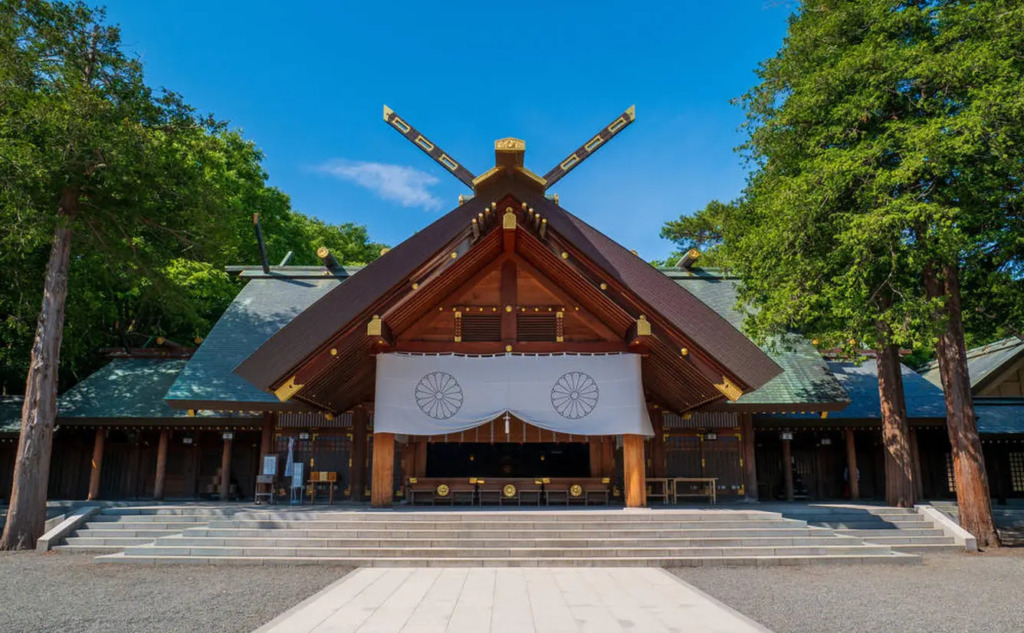
Hokkaido Shrine, a major tourist attraction in Hokkaido, is the most visited shrine in Hokkaido. On New Year’s 3 days, about 800,000 people visit the shrine to pray for health and peace in the new year. In addition to Japanese, omikuji are available in English and Chinese. The shrine is inevitably crowded, especially at the beginning of the year.
Hakodate Hachimangu Shrine (函館八幡宮)
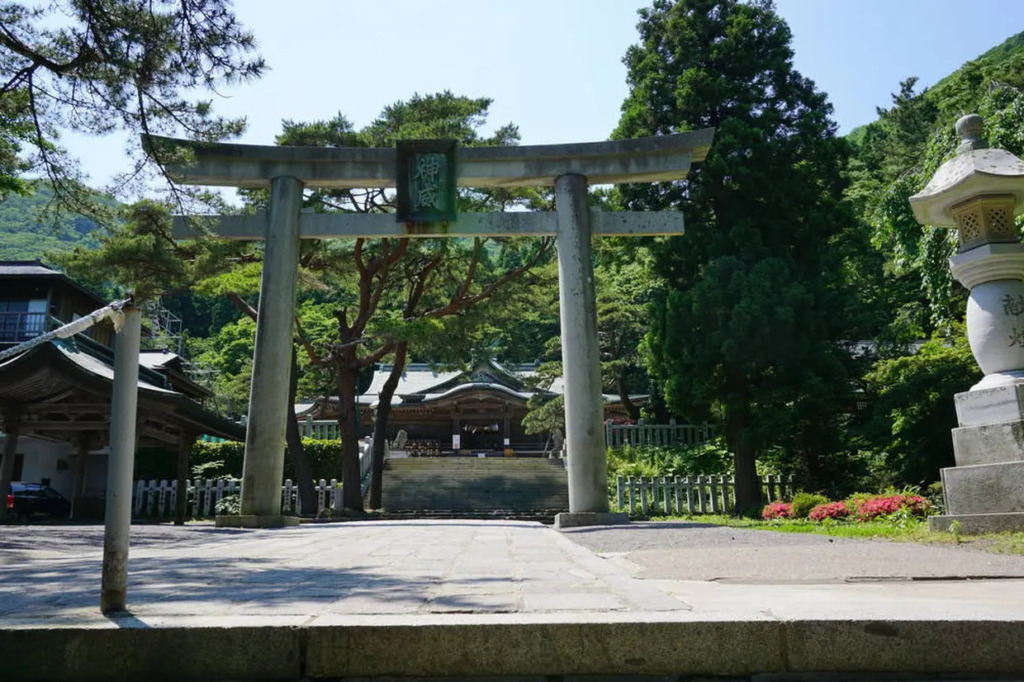
If you are planning to pay a visit to Hakodate for the first time, why not visit Hakodate Hachimangu Shrine, which is relatively easy to get to. Surrounded by Mount Hakodate, the shrine pavilion exudes a solemn and dignified atmosphere.
Get Warm in a Hot Spring during Winter
Onsen (hot springs) have been popular since ancient times for the purpose of health and relaxation. With its rich natural environment, Japan is home to a large variety of hot springs, which can be expected to relieve fatigue and beautify the skin. Hokkaido, in particular, is the northernmost area of Japan and is a cold region. By warming the body from the inside out during the harsh cold of winter, it is easier to maintain body temperature, which helps to promote blood circulation and improve the immune system. Experience a special time of healing for both body and mind ✨.
Yunokawa Onsen (湯の川温泉)
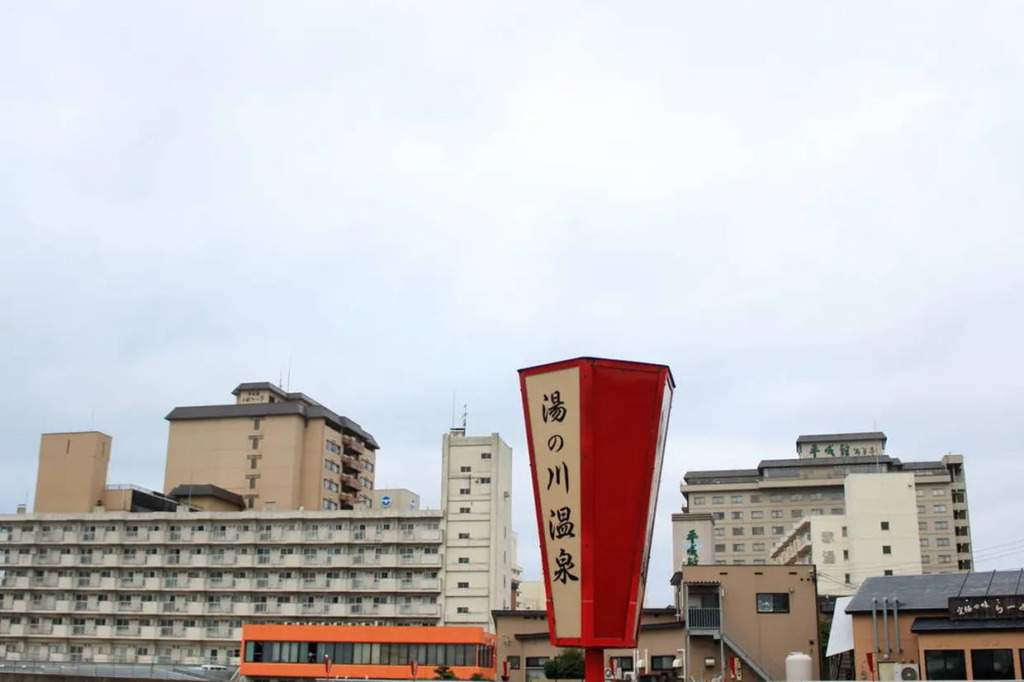
Yunokawa Onsen is an elegant hot spring resort that tells a story of its long history. It is only a 5-minute drive from Hakodate Airport, making it the closest hot spring resort to the airport in Japan and attracting many tourists. The smooth and pleasant water has a reputation for not cooling off easily.
There are many places of interest nearby, including a footbath spot and the Hakodate Tropical Botanical Garden (Hot-Tubbing Monkeys). At the Hakodate Tropical Botanical Garden, monkeys enjoying the hot springs can be seen from December to May!
Noboribetsu Onsen (登別温泉)
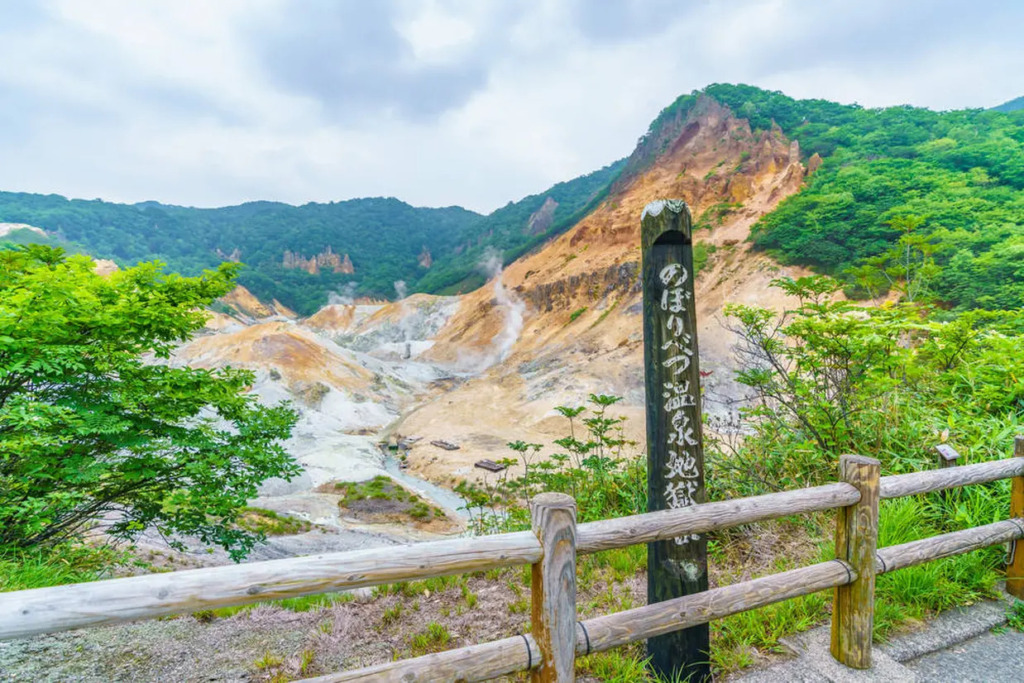
Noboribetsu Onsen is one of Hokkaido’s representative hot spring resorts, where visitors can enjoy high-quality hot water. Noboribetsu Jigokudani (Noboribetsu Hell Valley), a volcanic crater created by the eruptive activity of Mount Hiyori, is home to many springs and fumaroles along the valley, and the violent eruption of volcanic gases is a sight not to be missed. The smell of sulfur pervades the entire area. Approximately 10,000 tons of hot spring water of various qualities gushes out from here every day, which is supplied to inns and hotels in the hot spring resort area. Noboribetsu Onsen is also called the “department store of hot springs” because of its various beneficial effects, and is well known to many people.
There are also many places nearby that can be enjoyed with the hot springs, such as Noboribetsu Bear Park and Noboribetsu Marine Park Nixe, which we recommend.
Jozankei Onsen (定山渓温泉)
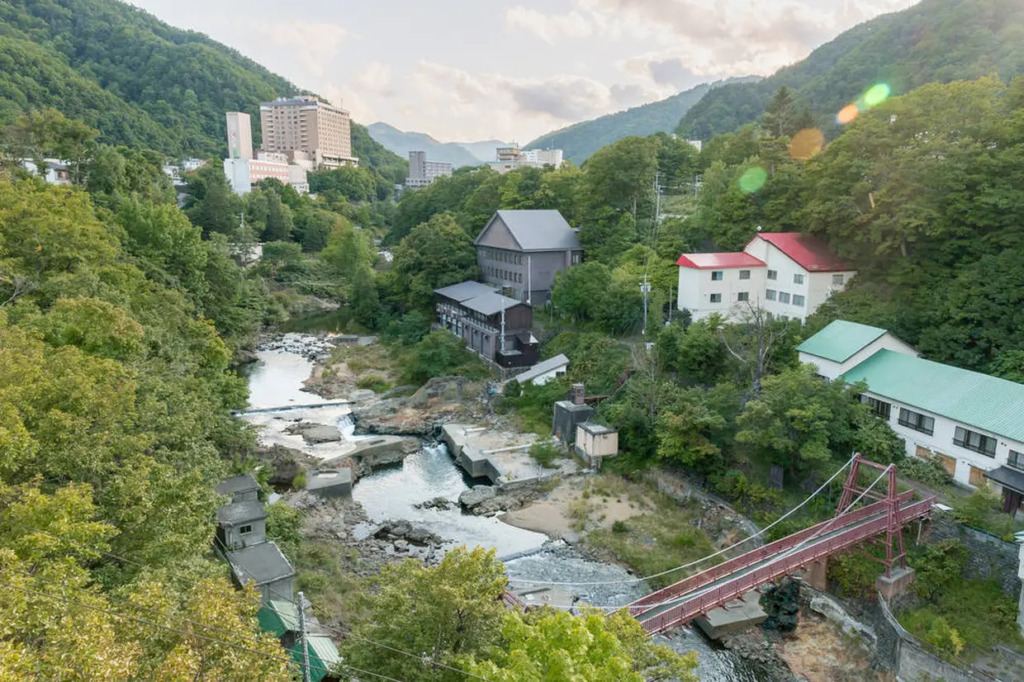
Located in Shikotsu Toya National Park, Jozankei Onsen is a hot spring resort for those who wish to relax and relieve fatigue in a rich natural setting. The hot spring water that bubbles up in Jozankei Onsen Town is a clear, colorless, salty sodium chloride spring that warms the body from the core, as the salt content prevents evaporation of sweat.
In the vicinity, there is a park called Jozan Gensen Park, where you can take a footbath surrounded by nature and view the illumination at night. There are many photo-worthy spots scattered throughout the hot spring resort area, so please be sure to visit.
Editor’s Comment
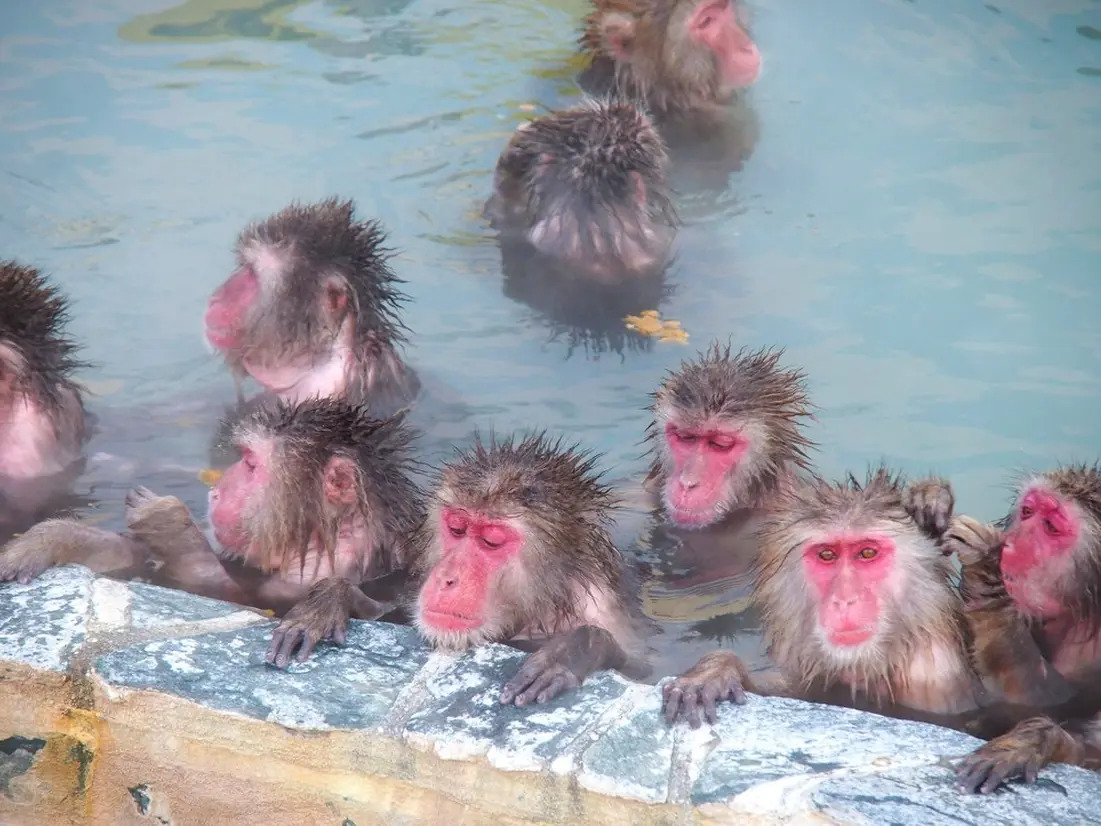
There are many places in Hokkaido that can be enjoyed only in winter. Enjoy the winter in this region and don’t forget to dress warmly!
